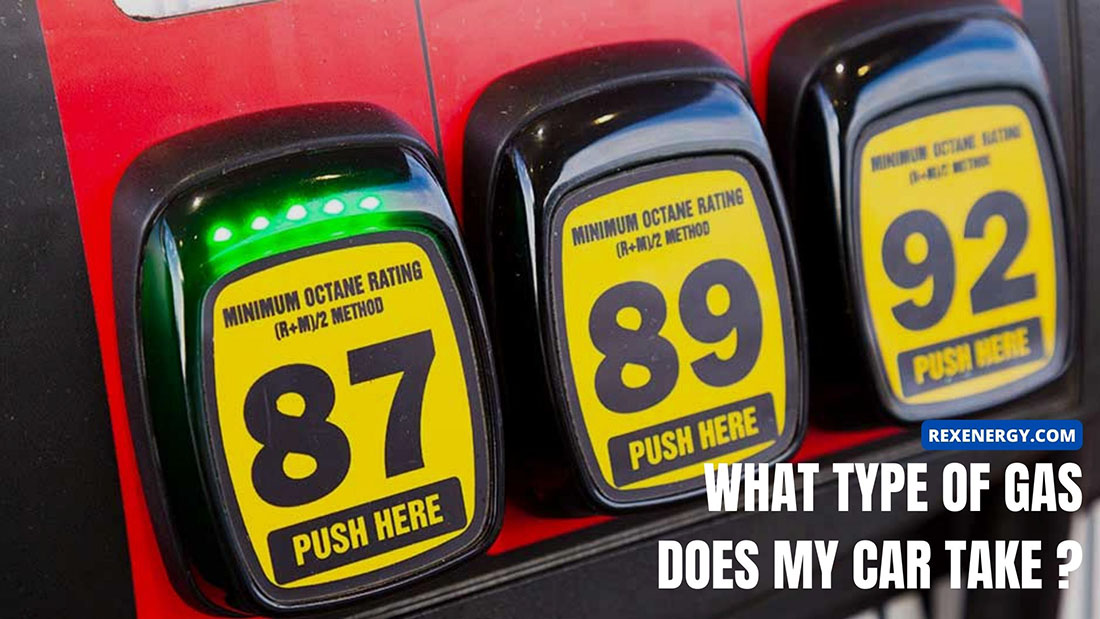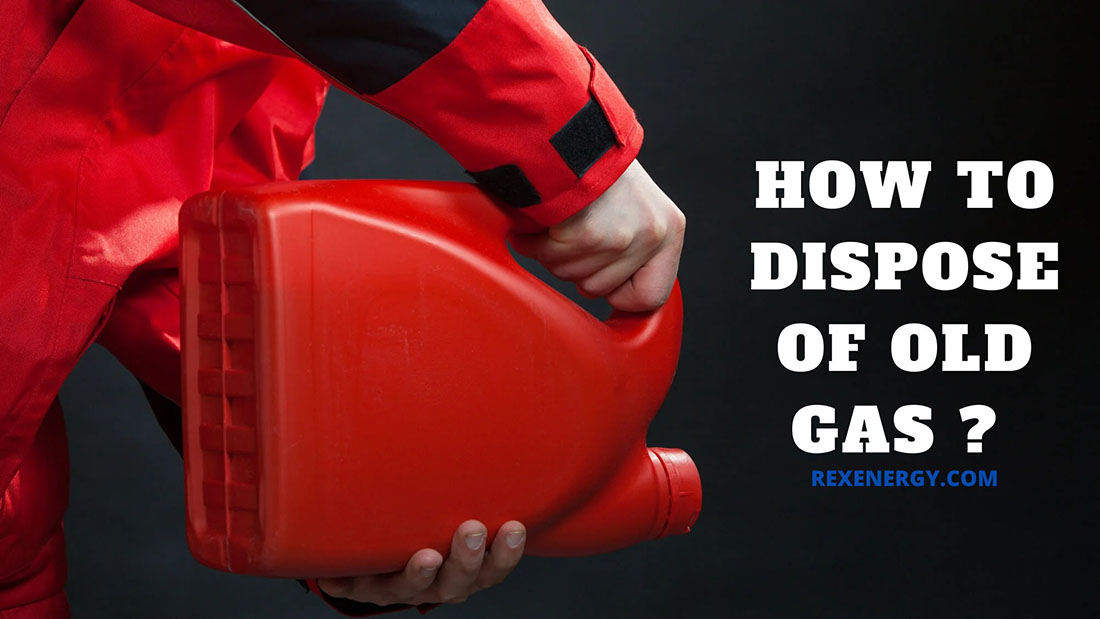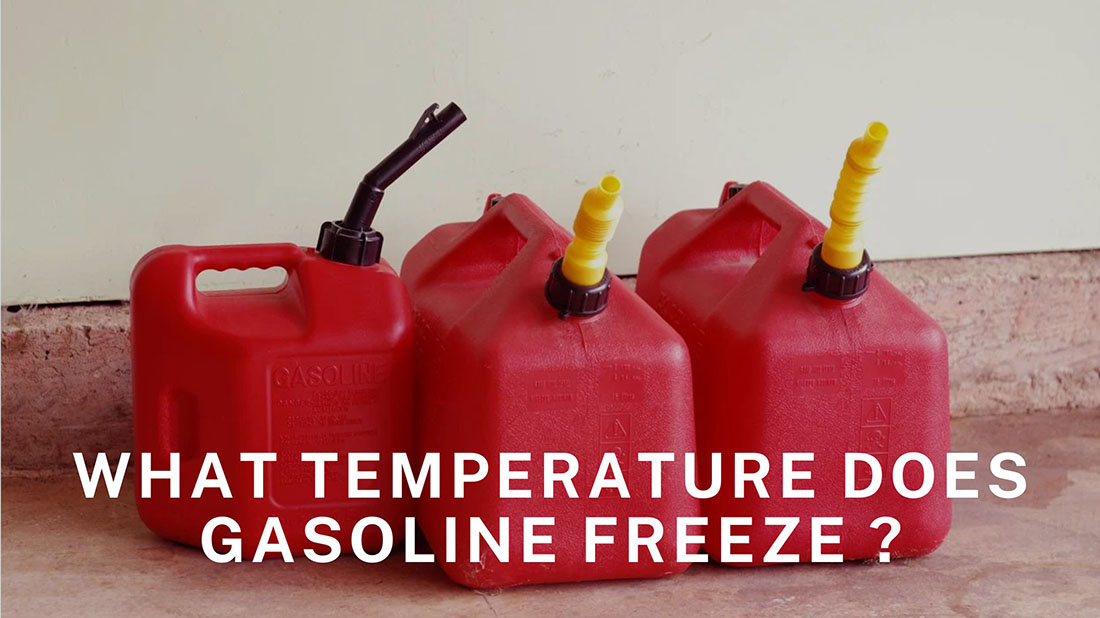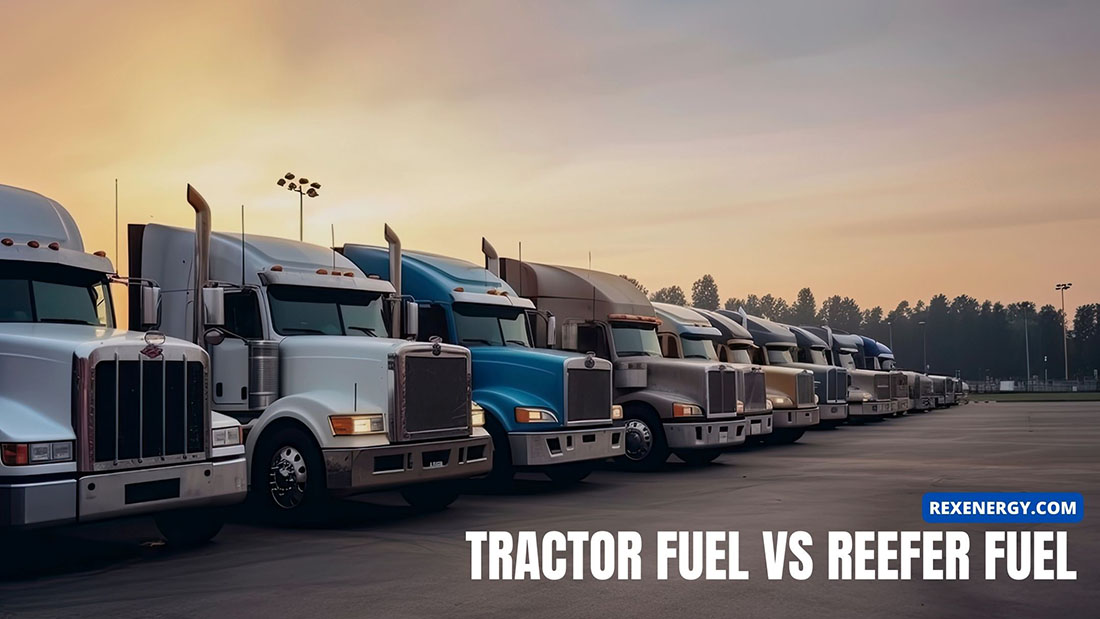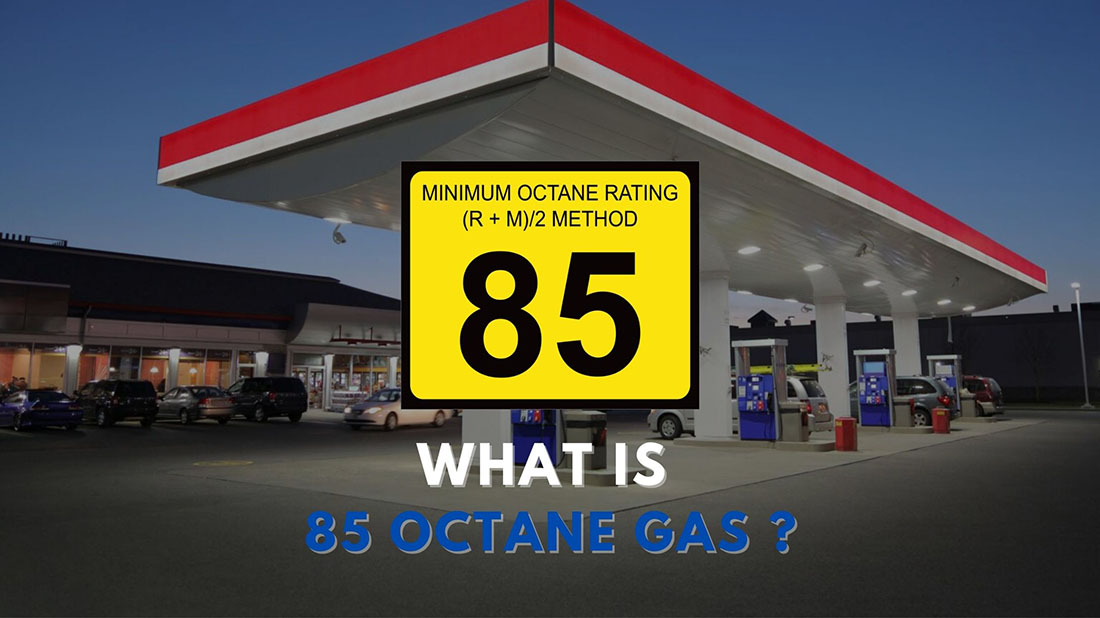Different types of gasoline are produced to work for different cars and driving purposes, so their properties, main ingredients, and extra blending additives are not similar. A smart driver should learn to tell them apart and determine which suits their demands best.
Our article will address this issue while lending extra tips for a smoother, more pleasant driving experience. Keep scrolling
Different Types of Gasoline for Cars: What Type Does My Car Take?
Regular gasoline is designed for standard, undemanding vehicles in everyday situations. Mid-grade gas works well for modern SUVs and pickup trucks, while premium and super-premium gas are common in sports or luxurious cars. You can also consider using E85/flex-fuel for your FFV or E15 to reduce gas emissions.
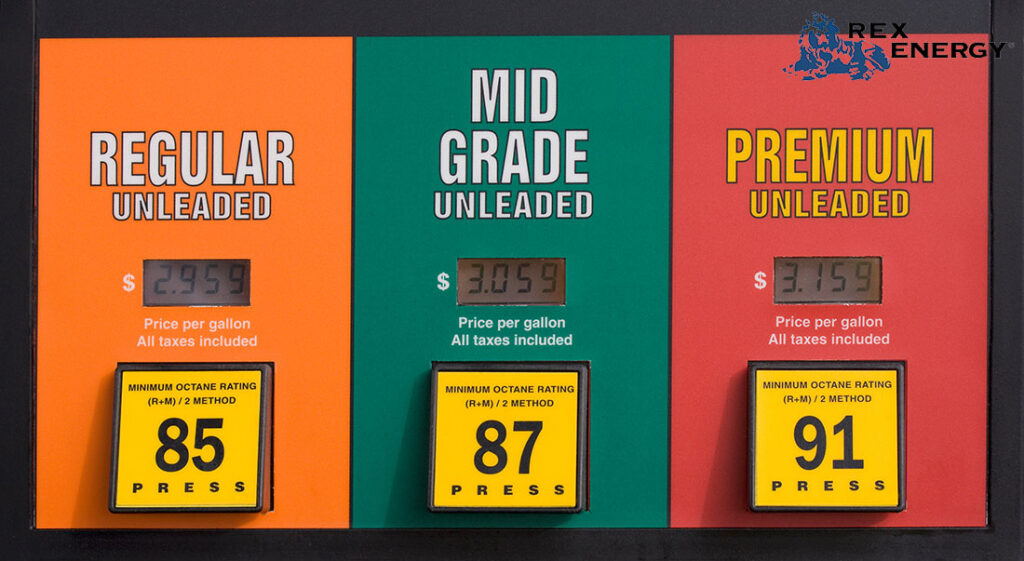
1. Leaded Gasoline
Leaded gasoline, once the most common fuel type, was a standard choice at gas stations for several decades. It features additives, particularly tetraethyl lead, to reduce engine knocking and improve fuel efficiency. Its cushioning effect also helps boost riding comfort when burned inside the engine cylinders.
However, as the severe health and environmental impacts of leaded fuels became evident through scientific studies, global movements began to phase it out. Car manufacturers gradually modified their engines for unleaded gasoline instead.
2. Regular Gas (87 Octane)
Regular 87-octane gas is considered a lower-octane fuel. It does not burn as stably in high-performance, high-compression engines and might lead to uncontrolled ignition, knocking, and other similar problems. Drivers of modern vehicles can adjust their engine settings to compensate for these drawbacks, but they have to sacrifice engine efficiency and good emission rates as a result.
Despite these limitations, regular 87-octane gasoline remains the industry’s standard due to its affordability and compatibility with various low- or medium-performance cars.
3. 89+ Octane (Mid-Grade)
Mid-grade gas, typically offered at 89 octane (and 90 in some areas), serves as a middle ground between regular and premium fuels. It is a crowd-favorite among drivers of SUVs and modern pickup trucks, as the higher octane rating translates to better fuel efficiency, reduced engine wear, and greater power output than the 87-octane type.
Note that using 89-octane gasoline in vehicles designed for regular 87-octane might degrade its power and fuel efficiency. Performance aside, the gas-engine compatibility is just as important!
4. 91- to 92-Octane (Premium)
Compared to mid-grade gasoline, premium gas combusts cleaner and offers greater power output. Vehicles with high-performance engines, such as sports cars and luxury vehicles, benefit the most from it.
Using a lower-octane fuel in high-performance engines will do more harm than good. Fortunately, the opposite does not apply; cars designed for lower-octane fuels can still use premium-grade gasoline without damage, although they might not fully benefit from its high-octane characteristic.
5. 93-Octane
93-octane (super-premium or ultra-premium gasoline) is designed for vehicles with high-revving, high-compression engines.
The fuel also gains popularity among engines equipped with turbochargers or modern fuel injection systems, as it has much less risk of incorrect ignition in the cylinders than low-octane gasoline. Better yet, using 93-octane fuel in older cars won’t damage or compromise the engine efficiency.
6. 95-Octane
95-octane is considered the top tier of high-octane fuels, offering clean, smooth, and effective combustion cycles that suit luxury cars like Ferraris or Porsches. It is most common in coastal areas and at lower altitudes (93-octane is the better choice if you travel at high altitudes).
Putting lower-octane fuel in 95-octane cars is not recommended. If your manual or manufacturer clearly specifies 95-octane as the car’s required fuel, you should use this gasoline only.
7. E85/Flex-Fuel
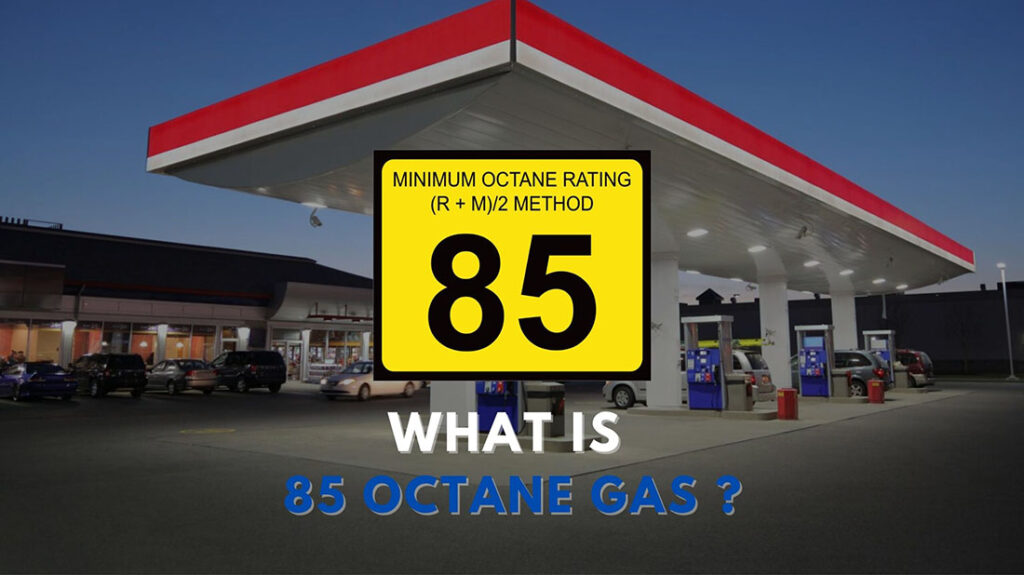
This fuel blends gasoline (petroleum-derived) and ethanol (renewable and plant-based) to reduce emissions and enhance cold-weather performance.
As per Fuel Economy, its composition usually varies from 51% to 83% ethanol and can be adjusted according to seasonal needs, delivering better power and torque than regular gasoline.
However, due to its low energy content, E85 has from 15% to 27% fewer MPG than regular gas, according to Fuel Economy. For this reason, the E85 is better suited for FFVs (Flex-Fuel Vehicles, adapting well to climate variations and blended fuels) than standard gasoline-powered vehicles.
8. E15
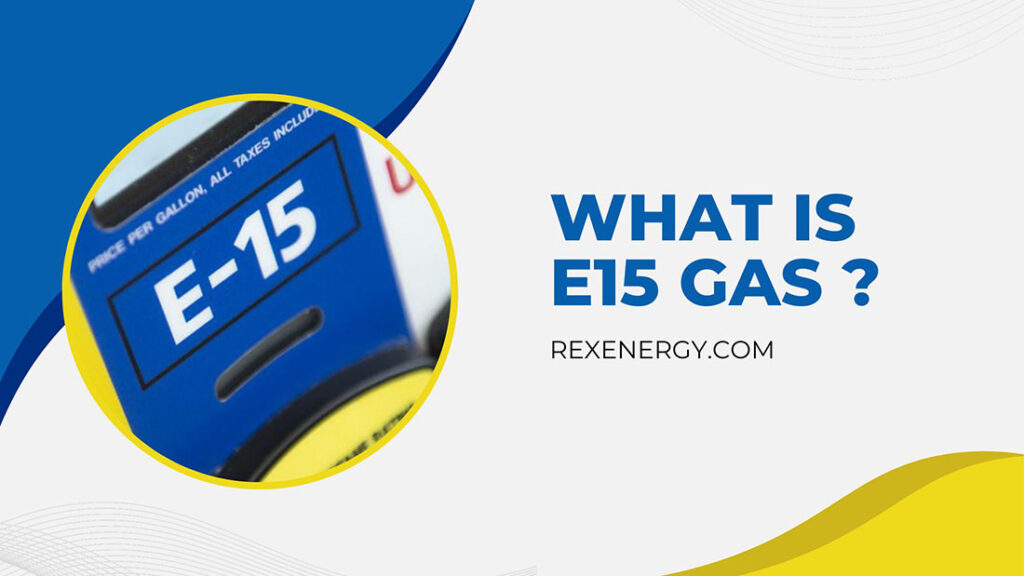
Often marketed as “Unleaded 88 Octane,” E15 is a specialized blend containing 15% ethanol and 85% gasoline, with a slightly higher octane rating than regular gasoline (generally 87 octane). This ethanol-infused fuel is designed for modern vehicles, so most cars manufactured after 2001 can run on E15 easily without any modifications.
While many consider E15 an ecological choice to help reduce environmental impacts, the fuel might not be suitable for some vehicles or still needs further testing. Cases in point are motorcycles, school buses, ATVs, and snowmobiles.
Is Unleaded The Same As Regular?
Yes, unleaded and regular gasoline point to the same gasoline sold at common gas stations. “87 gas unleaded” means the regular 87-octane gas does not contain tetraethyl lead, a once-popular but toxic additive used to improve performance and reduce engine knock.
How to Know What Type of Gas My Car Takes
First, consult the manufacturer or your manual to see whether your car needs any specific gasoline or fuel. Other basic information, like the minimum octane rating for your gasoline, will also be mentioned.
Next, determine how you will use your car.
- Do you mostly drive your gas vehicle on regular roadways at low to moderate speeds? Then regular 87-octane gas will suffice without costing much.
- Mid-grade gas can work with various vehicles just like regular fuel, but it has much better stability and adaptability at high speeds.
- Premium gas suits high-performing sports cars, pickup trucks, or heavy-duty SUVs. Some luxury car models specifically require premium gas, so you cannot put any other lower-octane fuel in the tank.
Double check whether your car uses a diesel engine; if yes, you must buy diesel fuel (and not gasoline) since these two fuel types have completely different ignition and fuel-burning processes. Some cars even include an exclusive “diesel only” label for a reason; fueling them with gasoline only results in costly repairs.
You Can Use 85-octane Gas At High Altitudes.
87 is the minimum octane level required for most cars, which explains why many are skeptical about using 85-octane.
But at high altitudes, the air is much less dense and flows less to the engine, translating to a higher risk of engine knocking due to premature ignition. Using 85-octane gas instead of 87-octane at high altitudes can help the engine ignite on time, preventing knocking.
Is It Okay to Mix Gas of Two Different Brands?
Yes, mixing gas from two brands is okay. Although different brands might use different additives, these substances are generally compatible and cause little to no harm to your engine.
Still, if you are unsure or want to play it safe, we suggest confirming with the manufacturer first.
Is It Okay to Mix Premium and Regular Gas?
Yes, you can mix regular and premium gas; most manufacturers do the same when creating mid-grade gasoline to distribute at stations.
Note that the octane rating of the mixed gasoline will fluctuate between the ratings of the two original fuels. For example, 87-octane regular gas blended with 91-octane premium gas will formulate a new 89-octane mixture. So before proceeding, confirm whether this new rating violates the car’s requirements or not.
Conclusion
Regular, mid-grade, and premium gasoline differ in chemical ingredients/compositions, so it’s best to stick to the recommended fuel type for your car only. Remember our tips above to ensure your car runs on the best, most compatible fuel source, and write to us if anything else needs clarification.

